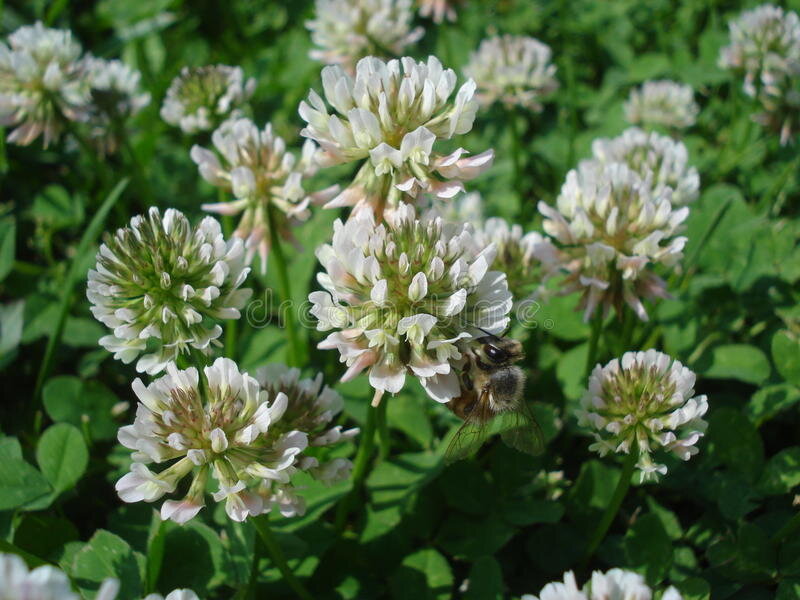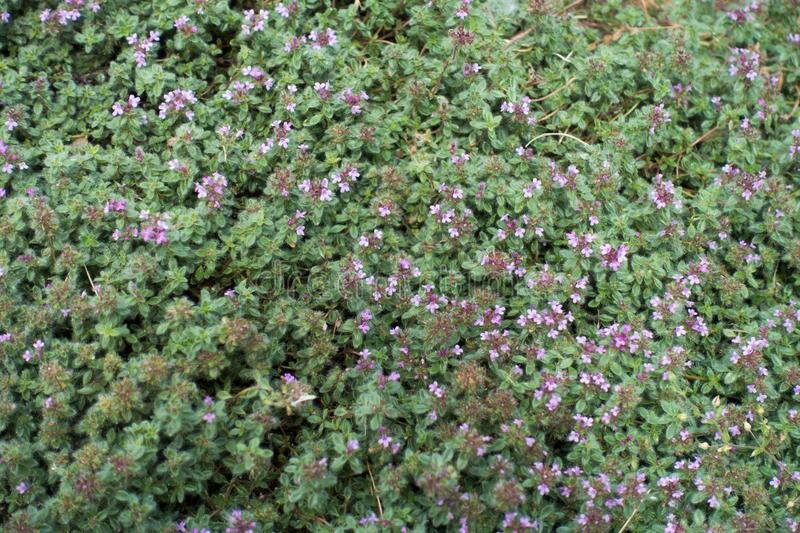Plain Green Lawn? What a Yawn!
Lawn clippings from my favourite lawn
One of my gardens in Ovingdean has such a wonderful diversity of plants in the grass/lawn area. It is essentially an extension of the thin soiled chalk downland habitat behind the house, that is kept short by the sheep. The plants are low growing, with loads of bees and hoverflies feeding from them. My mower sort of mimics the nibbling of the sheep and keeps the growth low and the diversity alive. I love seeing the abundance of colour tumble into the compost heap as I empty the mower bag: wild thyme, bugle, daisies, buttercups, clovers, horseshoe vetches, plantains, bird’s foot trefoil to name a few. The area is still looking vibrant even with all this dry weather, because it is natural and diverse. By keeping the area relatively short the much taller plants that might take over, are kept at bay. Last autumn there were lots of Autumn Lady’s-tresses, a vulnerable species of delicate orchid with a spiral of white flowers. How brilliant to sit on the grass and watch the array of busy insects at work with so much choice of colour and shape in the flowers around them.
Autumn Lady’s-tresses in an Ovingdean garden.
I know that is a special lawn area. The grass in most gardens is so dry and blanched at the moment. Growing in faded patches and the odd weed being the only vibrant green in sight. If the lawn is still looking fresh, then its because of hard work, gallons of water and chemicals. Either way the monoculture is doing nothing for the local ecosystems, using precious water and polluting the gardens and that is bad news!
Quick help could come in the form of cutting the lawn less often and not too short - it looses more water that way. Allow some of it to grow fully and flower. Insects will take refuge here and lay eggs, the birds will eat the seeds and insects. You can enjoy flowers, birds and insects.
In smaller areas of lawn, perhaps be adventurous and consider alternative planting: Heath Pearlwort, a dainty looking, yet hardy little plant with white flowers, is drought tolerant and you can sit and walk on it with out damaging it. White clover, soft and cool and squidgy lush underfoot, drought tolerant and a nitrogen fixer with huge appeal for bees. A mixture of Creeping Thyme, Chamomile and Corsican Mint. They all smell divine when gently walked on and have pretty flowers for insects and you to enjoy! The Corsican mint can disguise the smell of other plants, which some pest insects like, so is useful to use near your veg plot too.
Whatever you do, welcome in diversity.
Heath Pearlwort
White Clover
Corsican Mint
Creeping Thyme






